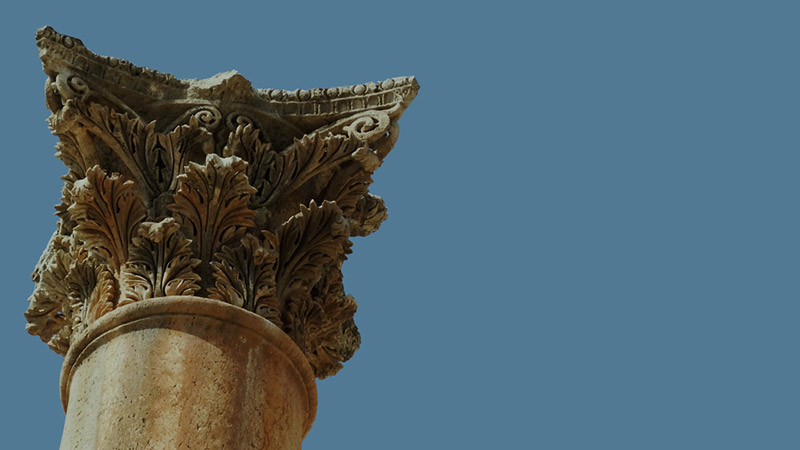
Caesarea Philippi
Located in the northeastern part of Israel at the foot of Mount Hermon, lay Caesarea Philippi, a pagan city built by Herod Philip, a son of Herod the Great.For many years, people in this area had worshiped false gods, including Baal (Josh. 11:16-1...
MORE

Cisterns
What was "Cistern Water"In Israel, the rainy season is only five months long, stretching from November through March. Since fresh springs like those at En Gedi are rare, most ancient cities, towns, and even households used cisterns to ca...
MORE

City Gates
City gates played a significant role in ancient life. Because openings in city walls created a weak place, ancient people strengthened their gates to prevent their city from being easily invaded. Building a gatehouse inside the city wall became a ...
MORE

City Kings
The American concept of a king is usually negative. The Revolutionary War experience prompted most Americans to view kings as tyrants who cared little for the common person.Not all bad This view of kingship would not have been shared by most ancie...
MORE

City Life
Most cities from the biblical period were fairly small, and people lived in closely knit, well-defined communities. Jerusalem of David's time covered 9-10 acres with a population of 1,500-2,000 persons. Jerusalem during Jesus' time occupied about ...
MORE

Commerce
Commerce was an important part of ancient life, allowing people from various regions to trade with each other and acquire needed supplies.Occupations varied from place to place. In fertile areas, agriculture thrived. In the wilderness, shepherds r...
MORE

Confronting Evil
The CityAncient Beth Shemesh guarded the Sorek Valley of Israel's Shephelah; a place where the pagans and the Israelites often interacted.Beth Shemesh stands in Israel's Shephelah;foothills lying between the coastal plain and Judea Mountains. Seve...
MORE

Confronting the Hellenism of Today
Confronting the Hellenism of Today
"Man," said the Greek philosopher Protagoras (481-411 BC), "is the measure of all things of what is and what is not." This philosophy provided the foundation for Hellenism, which was devoted...
MORE



















































